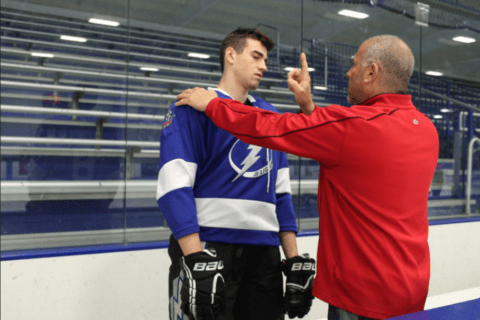
CDC Releases New Guidelines for Pediatric Concussion
Published on: September 10, 2018
 This is an exciting time to post the first concussion blog! It seems like the more we know about concussion the less we actually really know – at least in the sense of remaining unanswered questions. This week, the Centers for Disease Control (CDC) released new clinical recommendations for treating children who have a suspected concussion. How we manage children with an actively developing brain that has sustained a mild brain injury has been one of the more specific areas that has remained non-standardized and poorly addressed. These new guidelines contribute significantly toward a recommended standard of care that can be applied universally. The guidelines were developed by a team of leading experts and were established from a thorough review of the existing scientific literature.
This is an exciting time to post the first concussion blog! It seems like the more we know about concussion the less we actually really know – at least in the sense of remaining unanswered questions. This week, the Centers for Disease Control (CDC) released new clinical recommendations for treating children who have a suspected concussion. How we manage children with an actively developing brain that has sustained a mild brain injury has been one of the more specific areas that has remained non-standardized and poorly addressed. These new guidelines contribute significantly toward a recommended standard of care that can be applied universally. The guidelines were developed by a team of leading experts and were established from a thorough review of the existing scientific literature.
In all, 19 sets of clinical recommendations address the diagnosis, prognosis, management, and treatment of pediatric mild traumatic brain injury (mTBI). Some of these sets have multiple components that further drill down to a host of recommendations. Here are a few of the recommended guidelines worth highlighting in the blog:
- The use of routine imaging and radiographs are not necessary for all pediatric patients with an acute mTBI, and should be used judiciously when red flags exist only
- Only validated, and age-appropriate symptom scales should be used to contribute to a diagnosis
- There is insufficient evidence to date to use biomarkers for the diagnosis of mTBI in children – biomarkers have a role in a research setting
- Healthcare professionals may use balance testing to assess recovery in adolescent athletes with mTBI
- Healthcare professionals may refer children with subjective or objective evidence of persistent vestibulo-oculomotor dysfunction after mTBI to a program of vestibular rehabilitation
The full-text article is worth the read and provides a thorough insight of the basis for each recommended guideline.
Reference: CDC Guidelines on the Diagnosis and Management of Mild Traumatic Brain Injury Among Children, JAMA Pediatr. Published online September 4, 2018. doi:10.1001/jamapediatrics.2018.2853